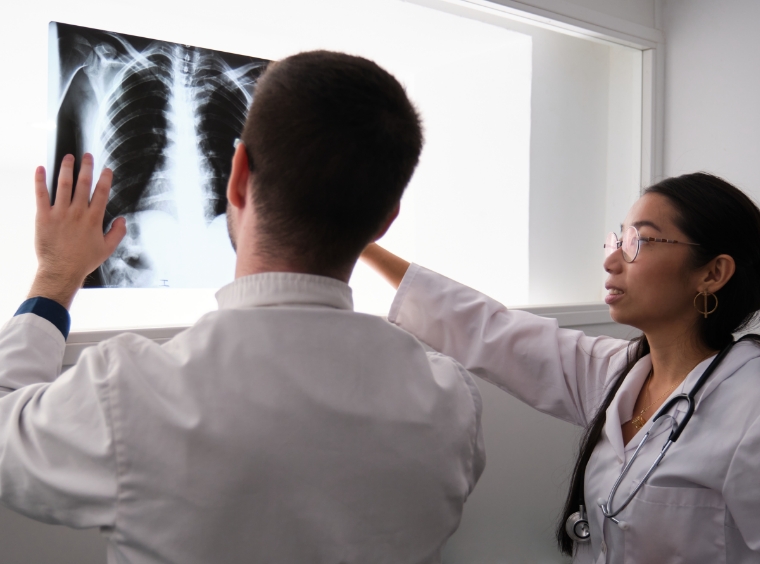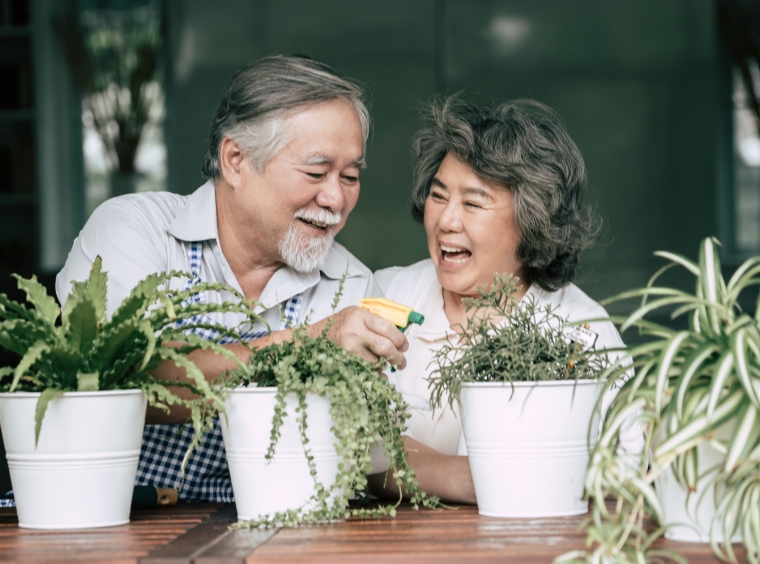November is Lung Cancer Awareness Month in Singapore and the global health community. The World Health Organization’s research agency on cancer reports that lung cancer is the most common cancer type in the world, and also the most cause of cancer death across countries.
In Singapore, lung cancer is the third most common cancer diagnosed in males and females, and the top contributor of cancer deaths among men and the third contributor of cancer deaths among women in Singapore, according to Singapore’s National Registry of Diseases Office (NRDO).
Here are some facts that you may not already know about lung cancer.
- There are two main types of lung cancer.
Lung cancer is a specific type of cancer where abnormal cells grow in an uncontrolled way in the lungs. The two main types of lung cancer are non-small cell lung cancer (NSCLC) and small cell lung cancer (SCLC). NSCLC is more common and grows slowly, while SCLC is less common but often grows quickly.
Doctors will usually recommend that lung cancer patients undergo surgery, radiation and chemotherapy to manage the condition.

- Lung cancer’s symptoms may at first seem like regular respiratory issues.
The symptoms of lung cancer are nothing too suspicious, such as persistent cough, chest pain, shortness of breath, fatigue, weight loss with no known cause and lung infections that keep coming back. Perhaps one of the more alarming symptoms is when the patient coughs up blood.
Since these symptoms appear somewhat ordinary at first, early-stage lung cancer patients may be led to think that they are merely experiencing common respiratory issues. It’s not until patients do blood tests and chest X-rays that lung cancer can be properly diagnosed. As a result, many get delayed diagnosis and therefore delayed treatment.
- At least 1 patient passes away from lung cancer in Singapore every day.
On average, lung cancer is the cause of death for two men and one woman per day (source: National Registry of Diseases Office). Also, approximately five new cases are diagnosed every day in three men and two women.
What is heartbreaking is that only 21.9% of men diagnosed with lung cancer live for 5 years past their diagnosis. In women, this figure is 37.8% (source: NRDO).
- Lung cancer is more common in elderly people.
Over 80% of lung cancer cases diagnosed in Singapore involve patients aged 60 years and older (source: National Registry of Diseases Office).
- Cigarette smoking is the most common risk factor for lung cancer.
According to the National Cancer Centre Singapore (NCCS), the risk of lung cancer developing in a smoker is 15-25 times more than in a non-smoker. This risk increases with the number of years and the quantity of cigarette sticks that a person has been smoking.
Another factor that increases the chances of a person developing lung cancer are industrial hazards. These include exposure to certain harmful chemicals and minerals such as asbestos, coal gas, chromates, nickel, arsenic, vinyl chloride, mustard gas, radon and by-products of uranium.
Unfortunately, passive smoking, where non-smokers are exposed to second-hand smoke, also increases their risk of developing lung cancer by 20-30% (source: NCCS).
- Non-smokers can get lung cancer.
Although there is a strong association of smoking with lung cancer, NCCS says that more than 25% of lung cancer cases in Singapore happen to people who have never smoked and were not exposed to smoke. A study by them in 2018 also found that 48% of non-small cell lung cancer patients were people who had never smoked.
The causes of lung cancer in our population are still being investigated. They are thought to be likely due to environmental exposure and genetic mutations.

- It’s good for lung cancer patients to exercise.
Many people might think that it’s a bad idea for lung cancer to exercise and move about, in case they get breathless and their lungs cannot cope.
However, the NCCS recommends that patients exercise daily and stay fit. This can help them to recover better and enjoy a better quality of life when their condition improves.
Of course, exercise that is suitable for them is much less intensive, and mostly mimics daily activities. For example, if they are struggling to stand after sitting, they should do repetitions to get stronger and more mobile. Once they are fitter, they can progress to climbing stairs and walking for 30 minutes to build up strength.
Get financial protection against unexpected illnesses
Get protected against early, intermediate and severe stages of cancer with Etiqa’s Essential Cancer Care plan, which offers insurance coverage for all stages of cancer.




